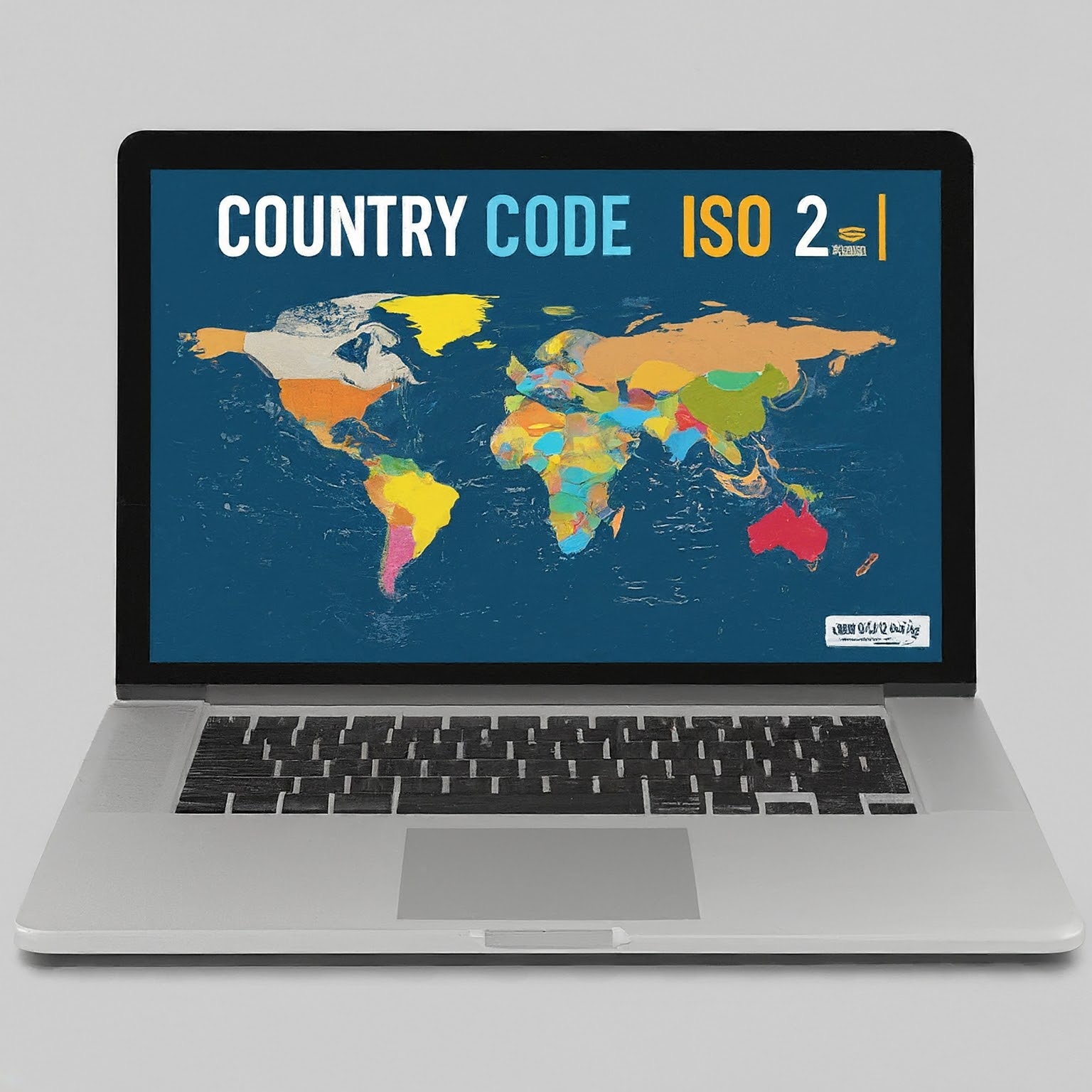In our increasingly interconnected world, efficient and standardized communication is paramount. This is where country codes come in, acting as universally recognized abbreviations for countries and territories. But within the realm of country codes, there exists a specific format – the ISO 3166-1 alpha-2 code, often shortened to “country code ISO 2.”

Developed by the International Organization for Standardization (ISO), the ISO 3166-1 alpha-2 standard assigns unique two-letter codes to every country, dependent territory, and special area of geographical interest. These codes offer a concise and unambiguous way to represent locations, streamlining processes across various sectors.
Here’s what makes country code ISO 2 so significant:
-
Universality
- Backed by the ISO, these codes gain widespread recognition and acceptance. From international trade to travel documents, ISO 3166-1 alpha-2 codes ensure clear communication across borders.
-
Conciseness
- Compared to full country names, two-letter codes offer a space-saving alternative. This efficiency is particularly valuable in data storage, file naming conventions, and internet applications.
-
Integration
- The beauty of ISO 3166-1 alpha-2 codes lies in their seamless integration with other standards. For instance, they form the basis for Country Code Top-Level Domains (ccTLDs) on the internet. Websites like “.us” for the United States and “.fr” for France utilize these codes for easy identification.
-
Standardization
- With a defined set of codes, confusion and ambiguity are minimized. ISO 3166-1 alpha-2 codes eliminate the possibility of misinterpretations that might arise from using abbreviations or nicknames for countries.
Understanding country code ISO 2 codes empowers individuals and organizations to navigate the complexities of global interactions. These seemingly simple two-letter combinations play a vital role in fostering clarity and efficiency across borders.
While ISO 3166-1 alpha-2 codes reign supreme in many areas, it’s important to note that the ISO 3166 standard also offers three-letter alpha-3 codes and numeric codes for representing countries. Each format serves a specific purpose, and together they contribute to a robust system for international communication.
لا تعليق